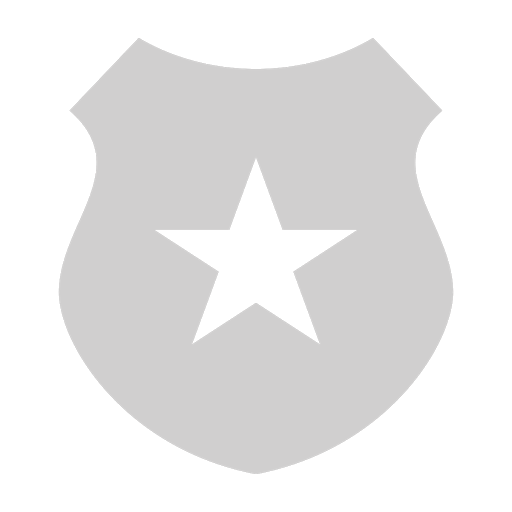...
| Excerpt |
|---|
This page provides an overview of FERPA, recording class activities, and distributing course content. Please contact the CTLT at facultysupport@uwf.edu if you have questions regarding recording class activities. |
Recording Class Activities: (Some) Rules of the Road
Recordings where students can be identified—from in-person sessions or remote instruction via Zoom, WebExGoogle Meet, or any other videoconferencing application—are:
...
Summary Guidelines for Instructors
| Update course syllabus with language for notifying students of recording and language warning students not to record without permission. | |
| Use only approved video conferencing service providers (Zoom , WebEx, and Google Meet) that have contracts with UWF. These contracts have assurances related to data ownership, sharing, use, security, and confidentiality. | |
| Whenever possible, record audio and video only of the instructor. This practice greatly minimizes the possibility of identifying class participants. | |
| Ensure recordings are shared only with class members by uploading recordings to Canvas so that it is only accessible by class members. | |
| Obtain written consent from each student who is on the recording before sharing the recording to UWF students, faculty, or staff outside of the class, or individuals unaffiliated with UWF. |
...
- Only record the instructor's video and audio in the videoconferencing tool.
- Do not identify or refer to students by full name or by other means that allow identification during the recording.
- Have students ask questions without identifying themselves. For example, they can pose the question in chat, and the instructor can read it and respond.
FAQs
| Expand | |||
|---|---|---|---|
| |||
As with any other “education record,” a photo or video of a student is an education record, subject to specific exclusions when the photo or video is: (1) directly related to a student; and (2) maintained by an educational agency or institution or by a party acting for the agency or institution. (20 U.S.C. 1232g(a)(4)(A); 34 CFR § 99.3 “Education Record”). |
| Expand | ||
|---|---|---|
| ||
Yes. For example, a surveillance video that shows two students fighting on a school bus that the school uses and maintains to discipline the two students, would be “directly related to” and, therefore, the education record of both students. |
| Expand | ||
|---|---|---|
| ||
If the law enforcement unit of an educational agency or institution creates and maintains videos for a law enforcement purpose, then the videos would not be education records and FERPA would not prohibit the law enforcement unit of an educational agency or institution from disclosing the videos to the police. If the videos are education records, however, educational agencies and institutions may not turn over videos to the police upon request without having first either obtained the written consent of the parent or eligible student or determined that the conditions of an exception to the general requirement of consent have been met, such as if the disclosure is made in connection with a health or safety emergency (20 U.S.C. 1232g(b)(1)(I) and 34 CFR §§ 99.31(a)(10) and 99.36) or the law enforcement officer has presented the educational agency or institution with a judicial order or a lawfully issued subpoena (20 U.S.C. 1232g(b)(1)(J) and (b)(2) and 34 CFR § 99.31(a)(9)).Enter answer here |




